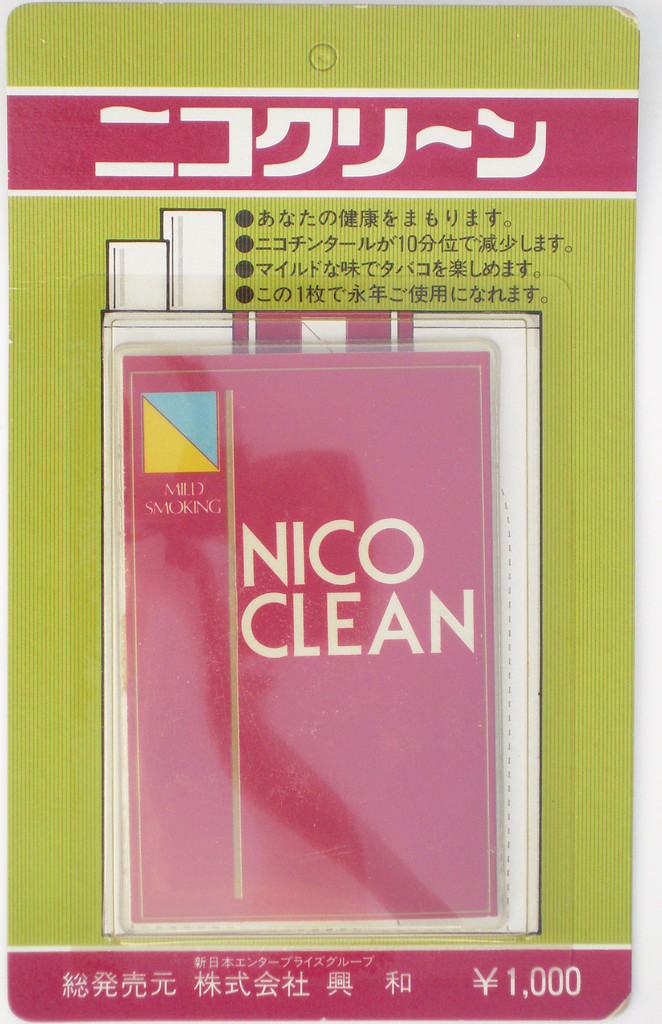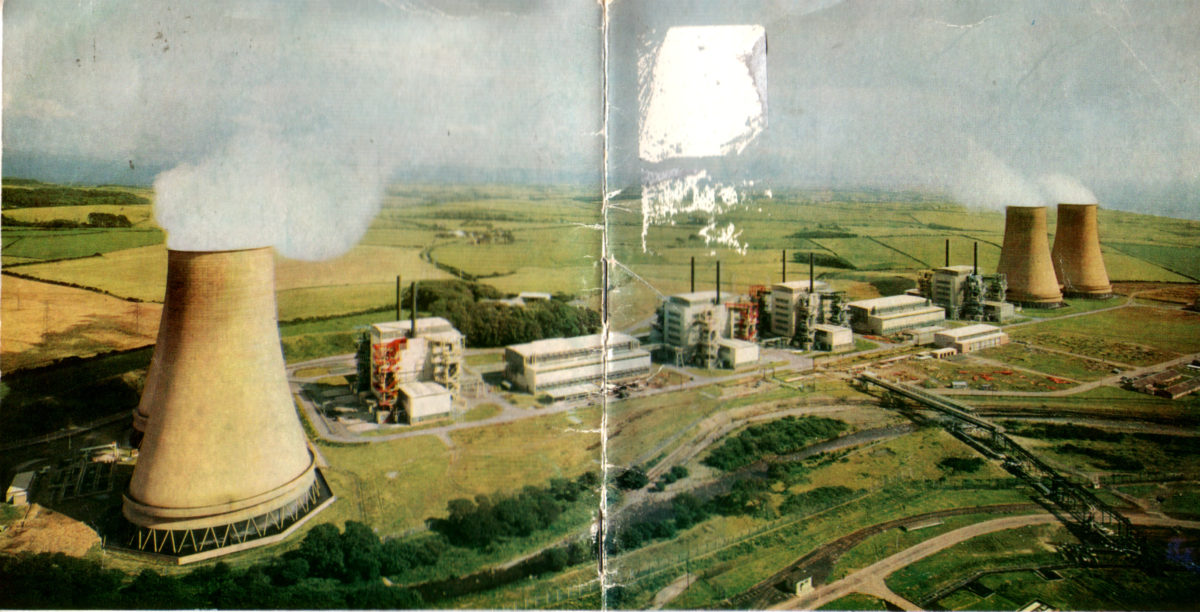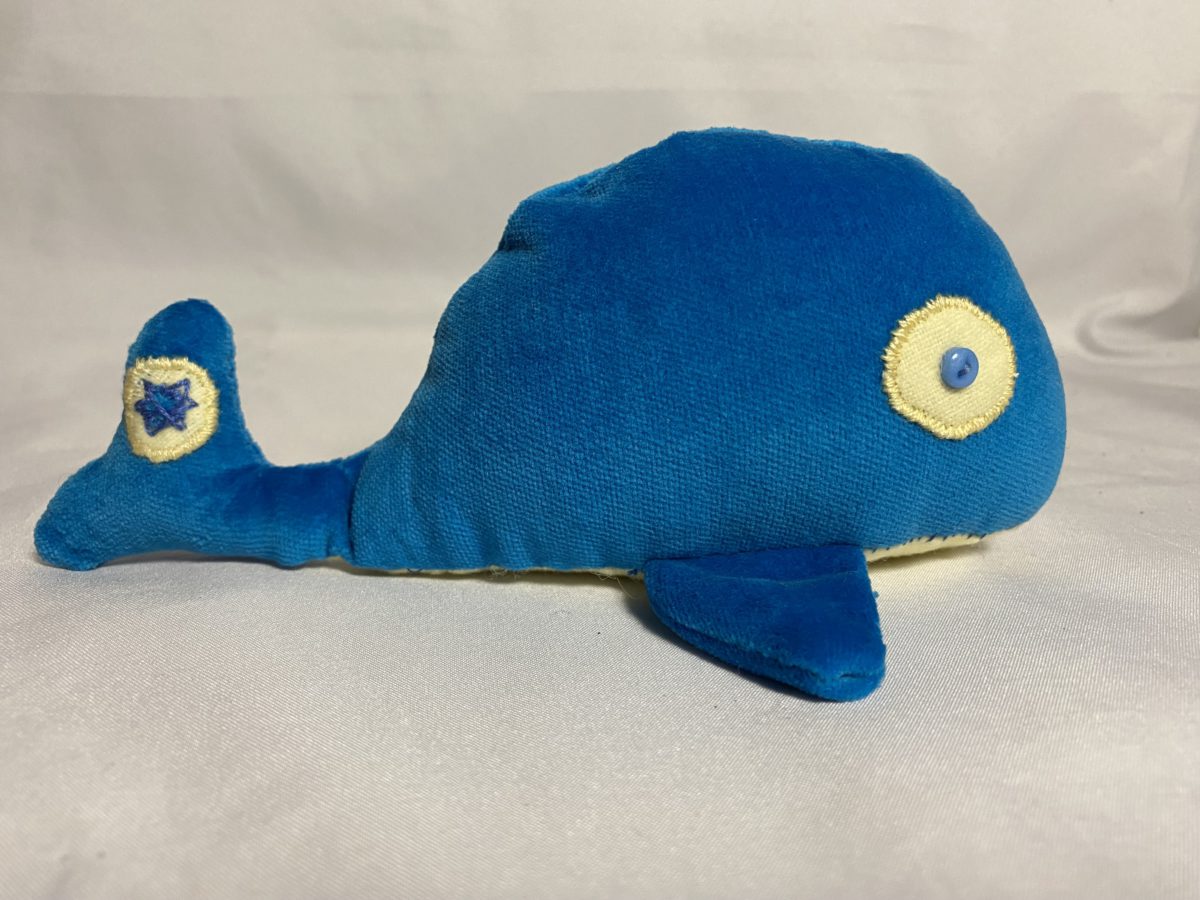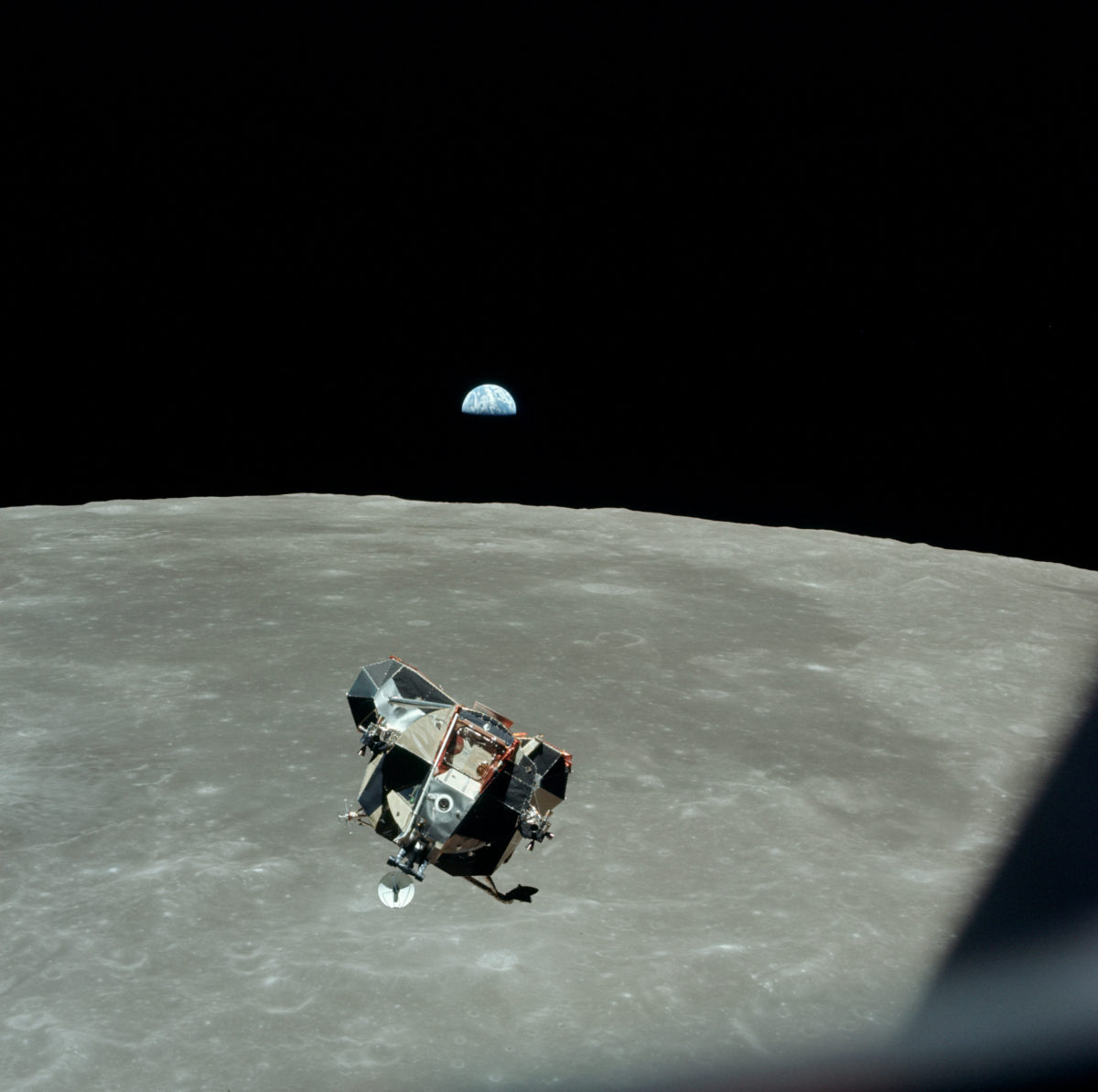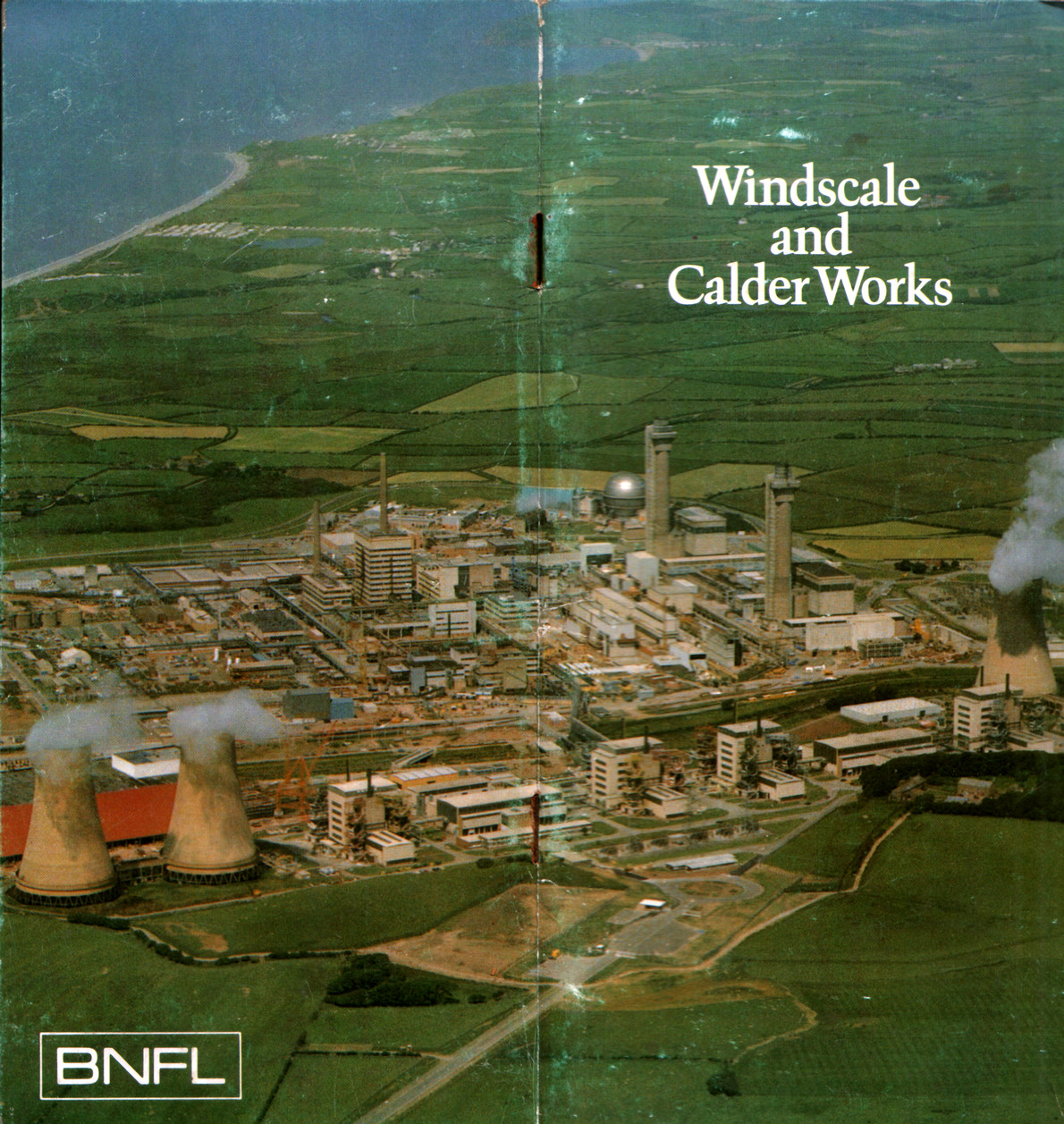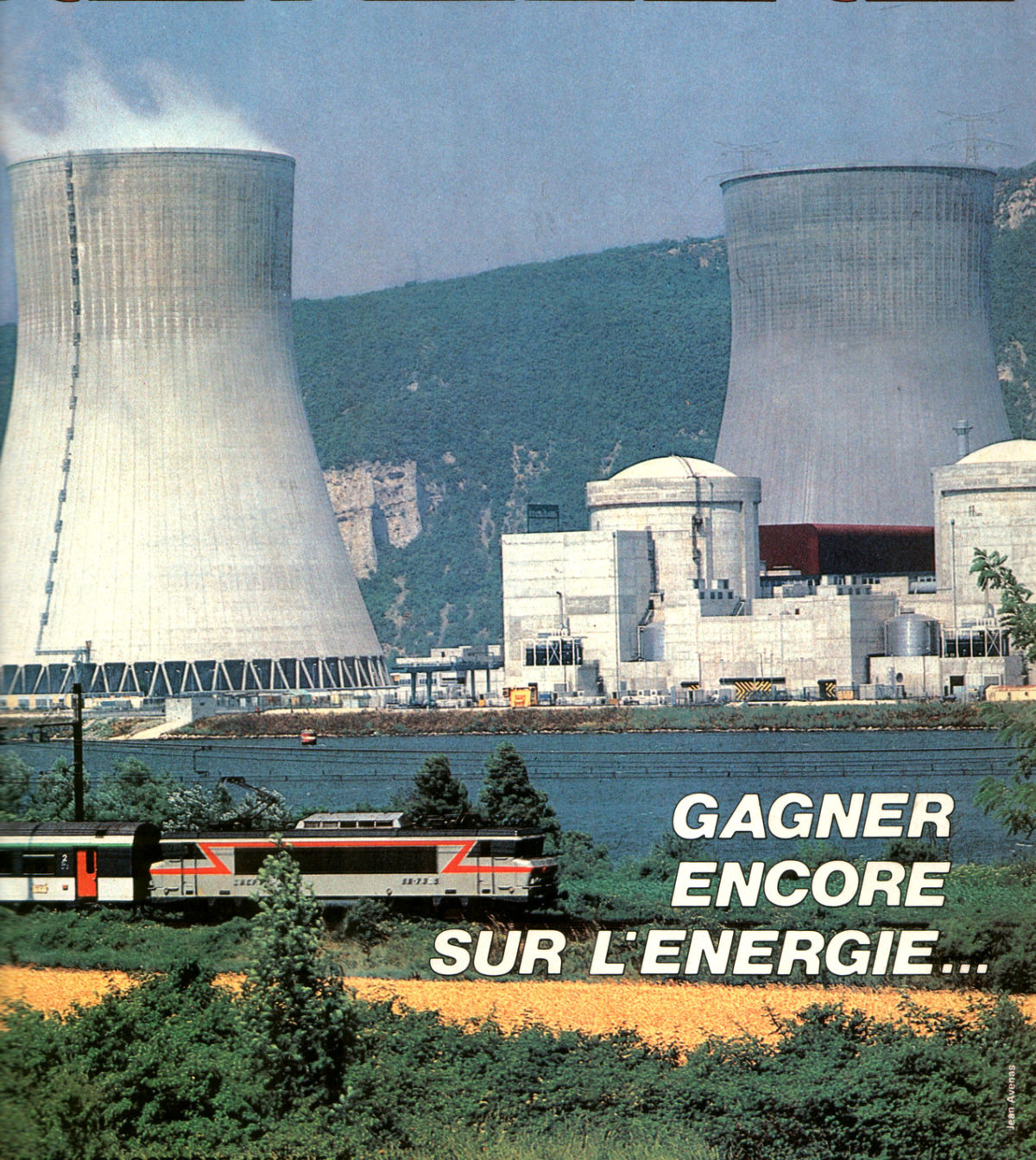Service is resumed, huzzah! (You may all now commence rejoicing.) I talk about what I’ve been doing the past few weeks, notably my visit to Torness, with photos here and here ; the continuing CST–100 debacle ; some decidedly unsatisfactory engineering in the vicinity of Amsterdam ; and an extraordinary and deplorable matter in Britain.
Tag: a step farther out
ASFO 2024–08–03
Greetings from Munich! Not the most coherent show, but I manage to allude to the major Power Outrage in Omaha, “battery trains” (the new secret sauce for solar power), the October 1987 storm in Britain, and A Trans–Atlantic Tunnel, Hurrah! by Harry Harrison. You also learn details of how I’ve handled blast №2, and a new order of stickers.
ASFO 2024–07–27
Power outage? Power outrage! Also I attempt to define “high technology” by reference to Adam Smith’s ideas about the division of labor, and this helps to clarify part of the problems I have with both “de–growth” and “trans–humanism”.
ASFO 2024–07–20
Hail to the Glorious Twentieth of July! “In peace for all mankind” is the topic of this episode. There is a great deal I could have chosen to talk about, but it can wait for another day. Here is the document with all the goodwill messages, of which I read out a few. The list of world leaders is fascinating — there are emperors, dictators, governments in exile, all pledging their hopes and best wishes. Let us always rededicate ourselves to that end!
ASFO 2024–07–13
Power outage? Power outrage! (Not me, this time.) Also, another instalment of “don’t trust anyone who uses the word quantum” ; no news on the Boeing CST–100 is… no news ; the Ariane 6 is new but hardly novel ; uranium from a mine in Finland, but not a uranium mine ; implications of an obscure legal topic known as “Chevron deference” ; and so on.
ASFO 2024–07–06
Thanks to another aNONradiator, stug, host of “Flux” (Thursdays at 2000 UTC), I spend most of the show ruminating on the process of engineering design. In the process, I give a word–picture of my own pet design for a small nuclear “package power” plant, suitable for ship propulsion or modest shore–side requirements. Also, a change in policy on the part of data center operators which is really little more than a change in framing ; and the question of what constitutes “sustainable” aviation fuel.
Scans mentioned at the beginning of the episode can be found here
ASFO 2024–06–29
Closely– versus loosely–coupled systems, as illustrated by two different nuclear power plants ; the possibilities of orbital data centers ; the continuing travails of the Boeing CST–100 “Starliner” ; an update on my travel and exhibition plans for the summer ; and Mail Call! If you want to send me mail, don’t feel that you have to use invisible ink.
ASFO 2024–06–22
Must nuclear projects always take longer and cost more? Ontario’s Darlington refurbishment says “no”, and I venture to suggest that this should be the expected result. Also, a listener comment elicits a digression into the problem (if it is one) of weapons proliferation and the plutonium economy ; a reminder that Famine is the harshest of teachers, and the lessons of ecology have been learnt primarily at her hand ; and I address a misconception about grid frequency control, and wonder about on–line enlightenment.
ASFO 2024–06–15
Despite delays in the mails, we have Mail call! Also, progress with one of my many “Man and Atom” information efforts — remembering Anita Gale of the National Space Society and Ed Stone of JPL (yes, Voyager has now outlived its Chief Scientist) — Islets of Langerhans! — and a meditation on what we are as human beings, and the value of considering that very question, prompted by another instance of Big Business resembling a mental illness.
- Archive Recording
- 2024 ASFO Masterpost
- A Step Farther Out Masterpost
- Previous Week
- Following Week
- Patreon campaign
Supplementary Shows
- 2024–06–18 After some reading of bits I am composing for a second issue of blast, I begin reading A Second Nuclear Era : Prospects and Perspectives by Alvin Weinberg, from The Nuclear Chain Reaction — Forty Years Later (RG Sachs, ed), the Proceedings of a University of Chicago symposium commemorating the fortieth anniversary of the first controlled, self–sustaining nuclear chain reaction.
- 2024–06–21 Despite interspersing my copious commentary, I succeed in finishing A Second Nuclear Era just short of the end of the hour.
ASFO 2024–06–08
Nico–Clean? What in the world? Also, the engineered physical systems which make life in the modern world possible (often prosaically called infrastructure) and the obligation to keep them up ; the value of immigrants and refugees, and the stupidity (quite separate from any moral or human–rights arguments) of refusing them ; and a lesson, in the context of Internet social media, in cause and reasonably–foreseeable effect.
- Archive Recording
- 2024 ASFO Masterpost
- A Step Farther Out Masterpost
- Previous Week
- Following Week
- Patreon campaign
Supplementary Shows
- 2024–06–11 Probably the last I will read from The Fast–Neutron Fission Breeder Reactor, Energy for 1000 Years by TN Marsham FRS, the succeeding general discussion, and concluding remarks by JG Collier.
- 2024–06–14 From ATOM 134 (1967 December), a eulogy for nuclear pioneer Sir John Cockcroft, and Electricity from the Atom — Britain’s Second Decade by ES Booth.
